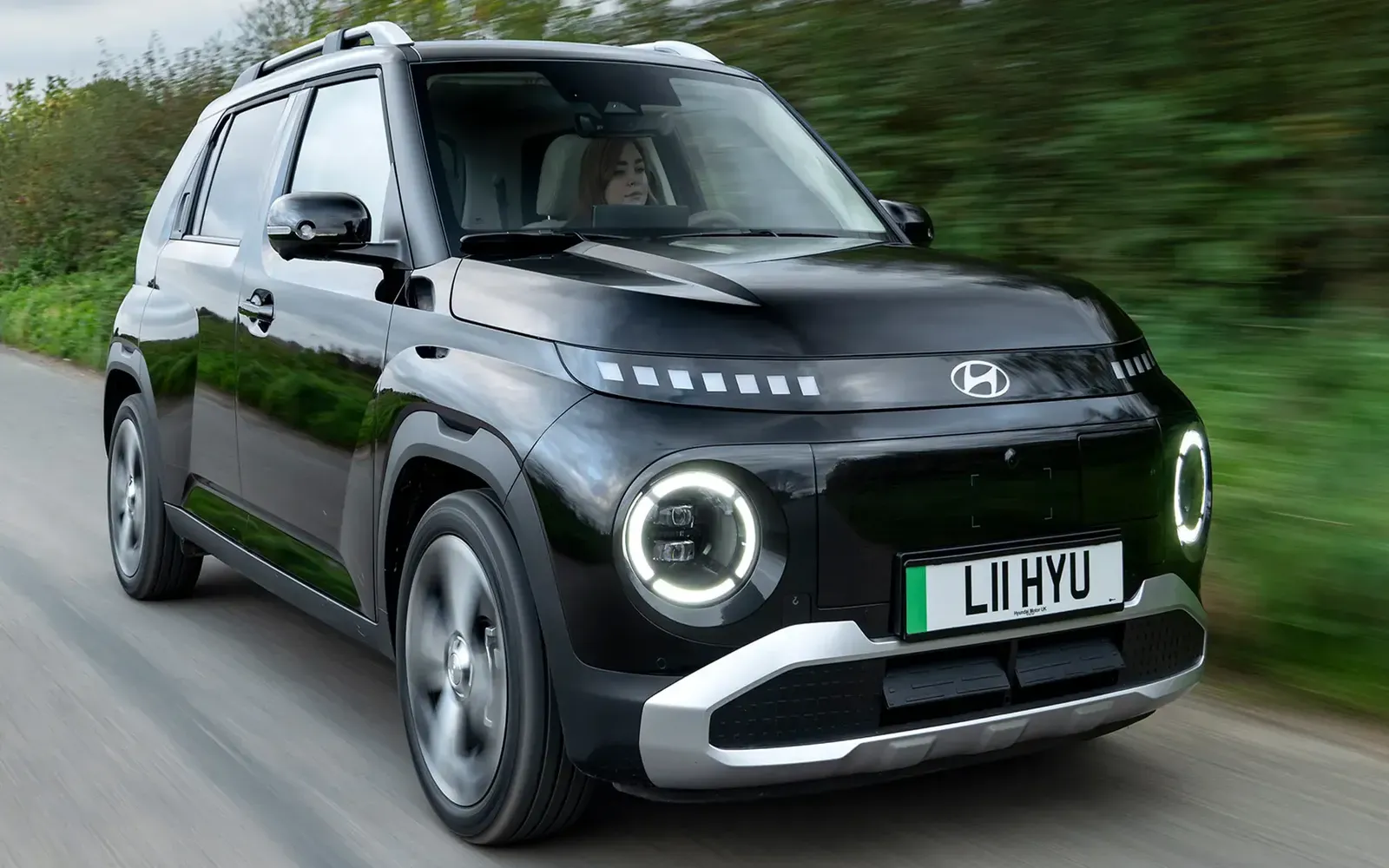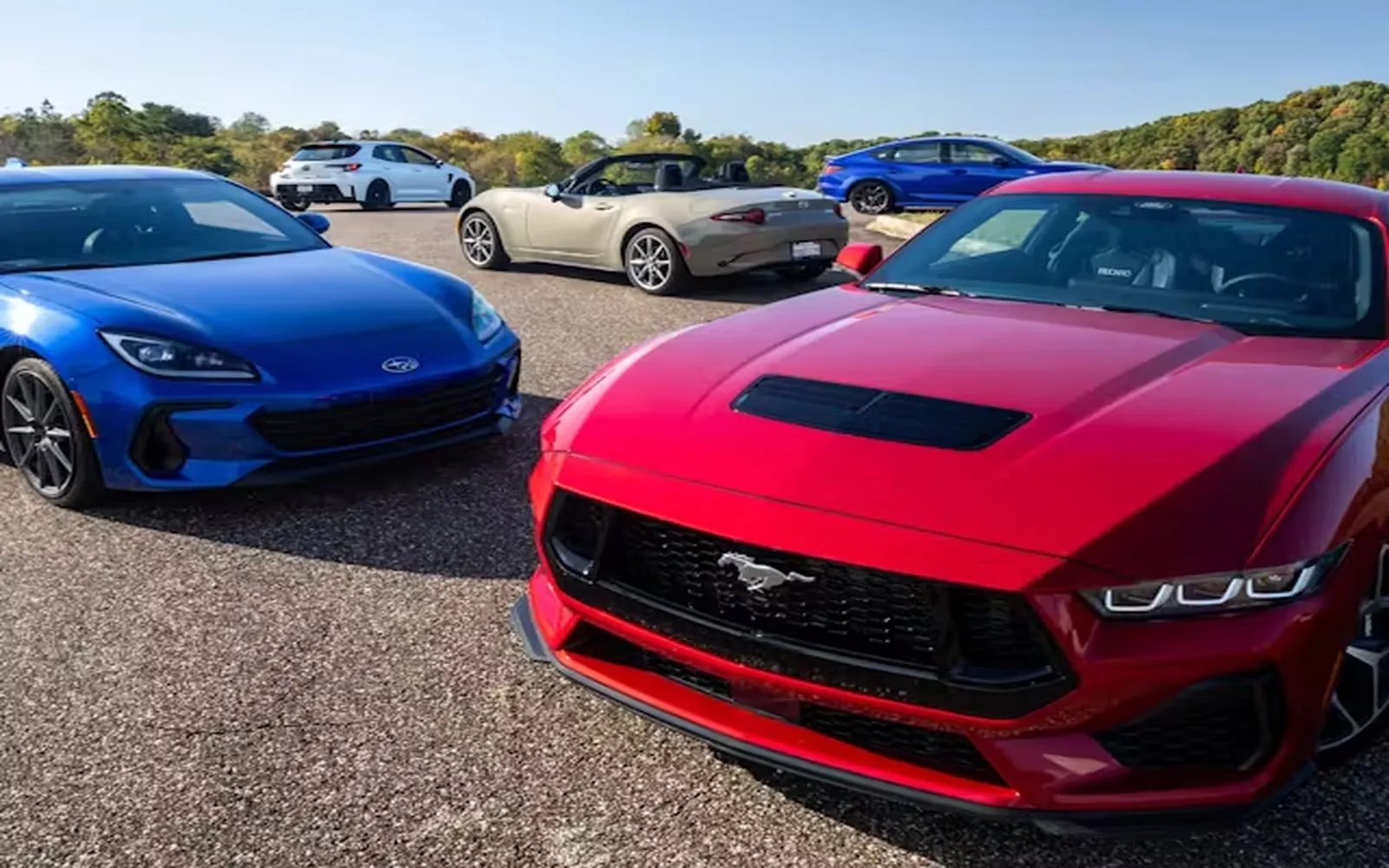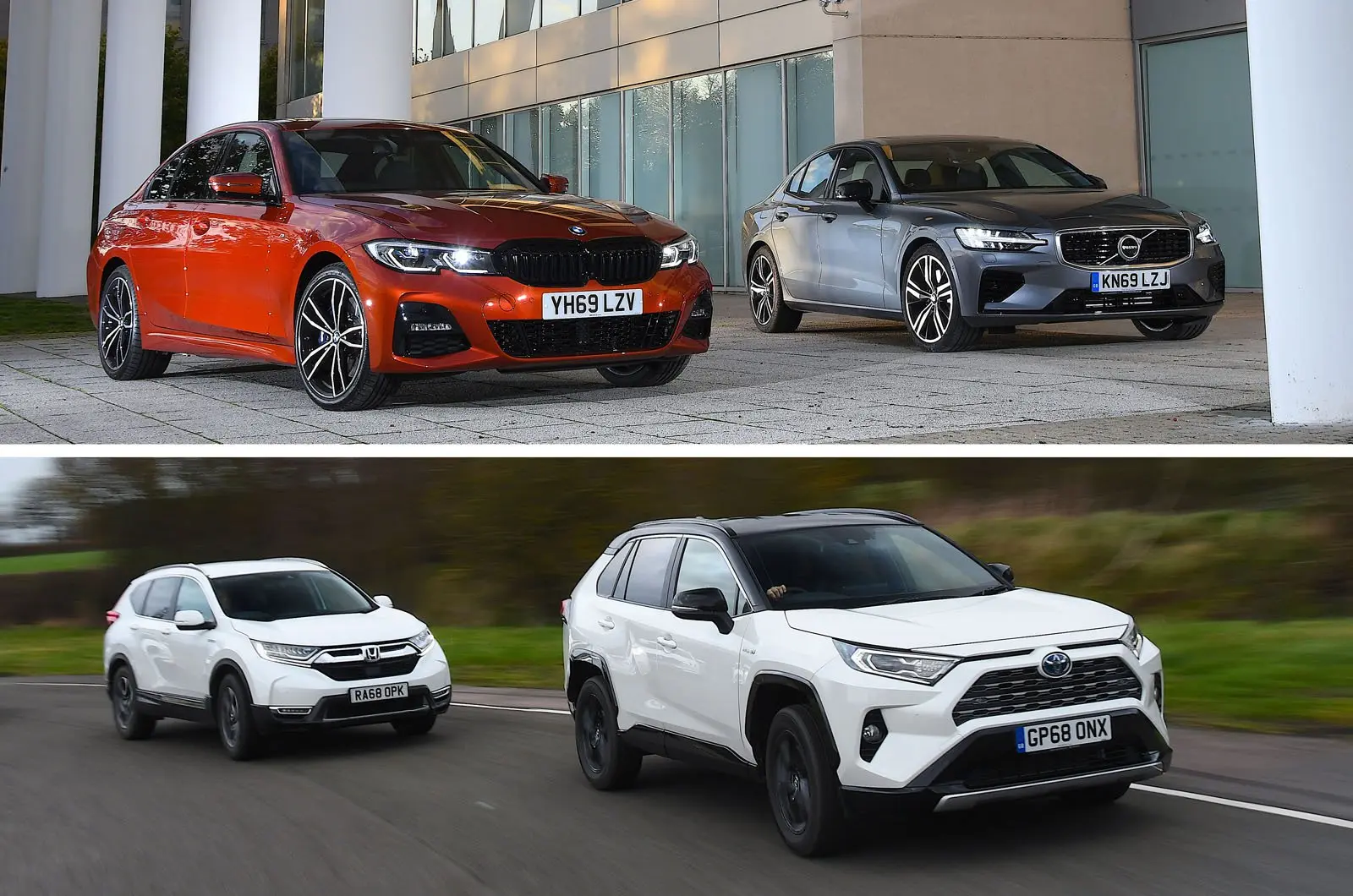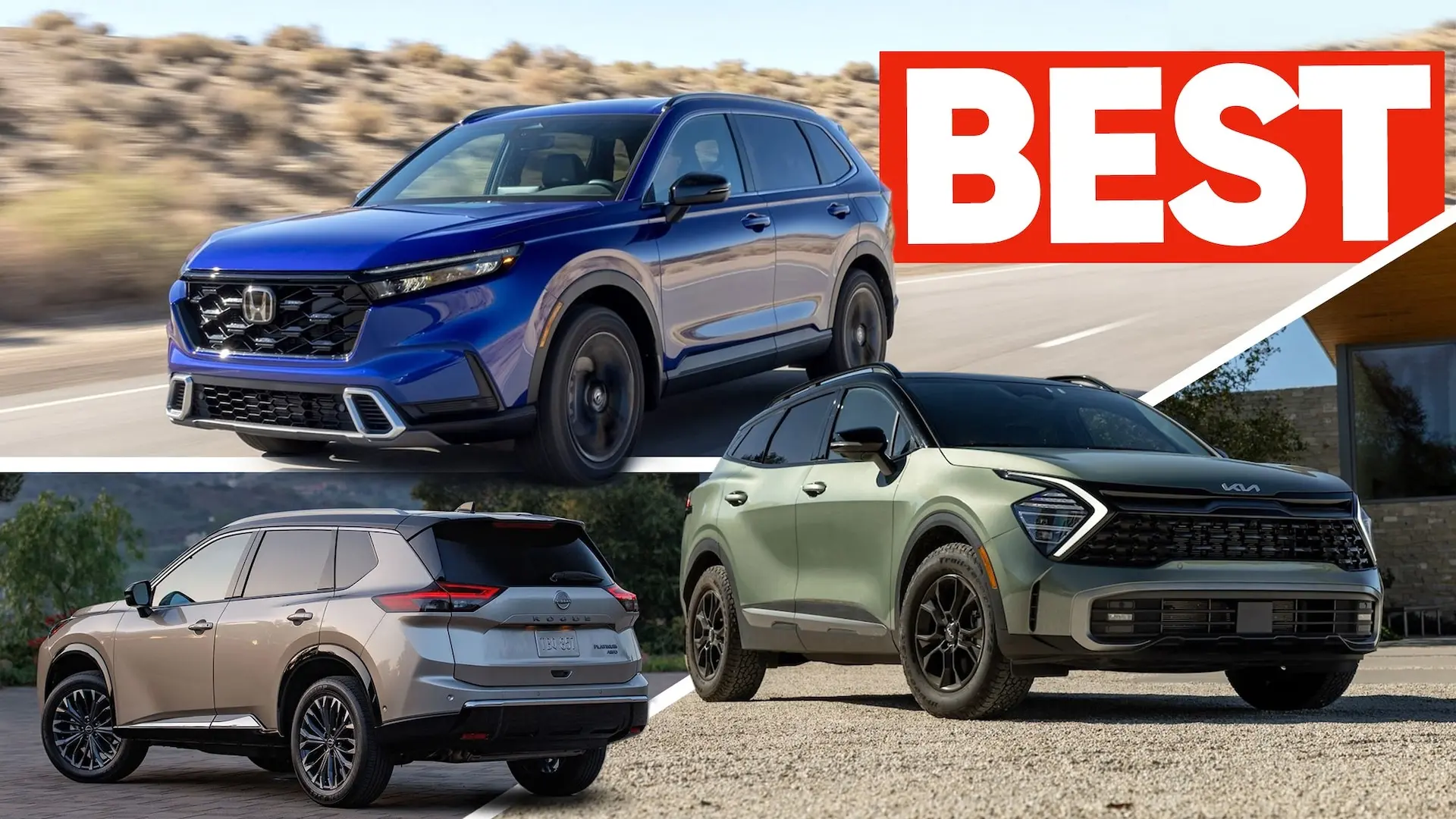Compact Cars of 2025: Fuel Efficiency, Style, and Innovation for Urban Living
Introduction
As urbanization continues to shape our world, the demand for compact cars has surged. In 2025, these vehicles have evolved to meet the needs of city dwellers who prioritize fuel efficiency, style, and innovative technologies. Compact cars are no longer just about size; they represent a lifestyle choice that emphasizes sustainability and convenience. This article explores the trends and advancements in compact cars for 2025, focusing on fuel efficiency, aesthetic appeal, and cutting-edge features that cater to urban living.
Fuel Efficiency: A Driving Force
With rising fuel prices and increasing environmental concerns, fuel efficiency has become a pivotal factor in the compact car market. In 2025, manufacturers are leveraging advanced technology to enhance fuel economy. Hybrid and electric models dominate the compact segment, with many vehicles achieving upwards of 100 miles per gallon (MPG) equivalent.
One of the most impressive examples is the new generation of electric compact cars, which often feature range-extending technologies. For instance, models equipped with ultra-efficient battery systems can travel over 300 miles on a single charge, making them ideal for city commuters who require reliability and convenience. Furthermore, regenerative braking systems and lightweight materials contribute to increased efficiency and performance, allowing drivers to enjoy a responsive and economical driving experience.
Styling: A Modern Approach
Gone are the days when compact cars were synonymous with bland designs. The 2025 models showcase a blend of sleek aesthetics and functional design. Manufacturers are focusing on creating visually appealing vehicles that do not compromise on space or comfort. Streamlined silhouettes, bold color palettes, and innovative lighting designs are prevalent.
Interior styling has also seen significant advancements. Compact cars of 2025 prioritize passenger comfort and high-quality materials, offering a premium feel that rivals larger vehicles. Manufacturers are integrating sustainable materials, such as recycled plastics and responsibly sourced fabrics, into their interiors, reflecting a commitment to environmental responsibility while enhancing the overall design.
Technological Innovations
As urban living demands increasingly sophisticated solutions, compact cars in 2025 are equipped with advanced technologies that enhance the driving experience. One of the standout features is the integration of artificial intelligence (AI) systems for improved navigation and vehicle management.
Smart infotainment systems offer seamless connectivity with smartphones and smart home devices, allowing drivers to control multiple functions from their vehicles. Voice recognition and gesture controls simplify operations, ensuring that drivers can stay focused on the road while accessing essential features. Additionally, augmented reality (AR) displays are making their way into compact cars, providing real-time information about traffic conditions, navigation prompts, and even points of interest along the route.
Safety Features: A Priority for Urban Driving
Safety remains a top priority for compact cars in 2025, especially in bustling city environments where traffic can be unpredictable. Many manufacturers are equipping their vehicles with advanced driver-assistance systems (ADAS) designed to prevent accidents and enhance safety.
Common features include adaptive cruise control, lane-keeping assist, automatic emergency braking, and pedestrian detection systems. These technologies work together to create a safer driving environment, reducing the likelihood of collisions and ensuring peace of mind for urban drivers. Furthermore, the integration of 360-degree cameras and parking assist technologies makes maneuvering in tight spaces easier, a significant advantage for city dwellers.
Environmental Impact and Sustainability
In 2025, the automotive industry is under increasing pressure to reduce its carbon footprint, and compact cars are at the forefront of this movement. Many manufacturers are committing to producing vehicles with lower emissions, and electric compact cars are leading the charge.
Charging infrastructure is expanding rapidly in urban areas, making electric vehicles more accessible and practical for city residents. Additionally, some manufacturers are adopting circular economy principles, focusing on recycling and reusing materials in their production processes. This commitment to sustainability resonates with consumers who are increasingly environmentally conscious.
Affordability: The Compact Car Advantage
Affordability is another significant factor driving the popularity of compact cars in urban settings. In 2025, the market offers a wide range of options, catering to various budgets without sacrificing quality or features. Many manufacturers have introduced competitive pricing strategies, ensuring that even entry-level models come equipped with essential technologies and safety features.
Moreover, government incentives for electric vehicle purchases and eco-friendly initiatives further enhance the affordability of compact cars. Tax credits and rebates for electric and hybrid models make these vehicles an attractive choice for urban drivers looking to save money in the long run.
Urban Mobility Solutions
As cities continue to evolve, so do the needs of their inhabitants. Compact cars are integral to innovative urban mobility solutions. In 2025, many compact car manufacturers are partnering with ride-sharing platforms and public transportation systems to offer integrated mobility options.
This collaboration allows urban residents to access a variety of transportation methods, from car-sharing services to electric scooters, all from a single app. The flexibility of compact cars makes them an ideal choice for those who may not need a personal vehicle full-time but still require convenient transportation options.
Popular Compact Cars of 2025
Several compact cars have emerged as frontrunners in 2025, each incorporating the latest advancements in fuel efficiency, style, and technology. Here are a few notable models:
The EcoDrive 2025
The EcoDrive 2025 is a fully electric compact car that boasts a 350-mile range on a single charge. Its sleek design, featuring aerodynamic curves and sustainable materials, has garnered attention from both critics and consumers. The EcoDrive also includes a state-of-the-art infotainment system with AI capabilities, making it a top choice for tech-savvy urban drivers.
The Urban Cruiser
The Urban Cruiser is a hybrid compact car that emphasizes fuel efficiency without sacrificing performance. With an impressive 80 MPG combined, this vehicle caters to environmentally conscious consumers who want to reduce their carbon footprint. The Urban Cruiser's stylish design, combined with advanced safety features, makes it a popular choice among city dwellers.
The City Commuter
The City Commuter is a compact car that focuses on affordability and practicality. With a starting price under $20,000, it offers essential features without breaking the bank. The City Commuter comes equipped with a reliable hybrid engine, making it an economical choice for daily commutes. Its compact size and smart design make it easy to navigate through crowded urban streets.
The Future of Compact Cars
The future of compact cars looks promising as manufacturers continue to innovate and adapt to the needs of urban living. In 2025, we see a trend toward greater customization, allowing consumers to tailor their vehicles to fit their unique lifestyles. From personalized infotainment options to customizable exterior designs, the compact car market is becoming more user-centric.
Moreover, as cities invest in smart infrastructure, compact cars will be equipped to communicate with traffic signals and other vehicles, creating a more efficient transportation ecosystem. This connectivity will enhance safety, reduce congestion, and improve overall urban mobility.
Conclusion
The compact cars of 2025 represent a significant evolution in automotive design and technology. With a focus on fuel efficiency, stylish aesthetics, cutting-edge innovations, and environmental sustainability, these vehicles are well-suited for urban living. As cities continue to grow and evolve, compact cars will play a crucial role in shaping the future of urban transportation, offering a blend of convenience, affordability, and eco-friendliness that meets the demands of modern city life.
Explore

10 Best Compact Cars of 2025: Fuel Efficiency, Style, and Performance

Compact Electric Vehicles: The Future of Urban Mobility in 2025

Sports Cars of 2025: The Ultimate Guide to Speed, Style, and Innovation

Convertible Cars of 2025: The Ultimate Guide to Style, Performance, and Innovation

Best Hybrid Cars 2025: Top Picks for Fuel Efficiency and Value

🚗 Best Commuter Cars for 2025: Fuel-Efficient, Reliable & Comfortable Rides

⛽ Fuel Efficient Cars 2025: Save Money & Go Green

Family Cars of 2025: The Best Picks for Safety, Space, and Style
